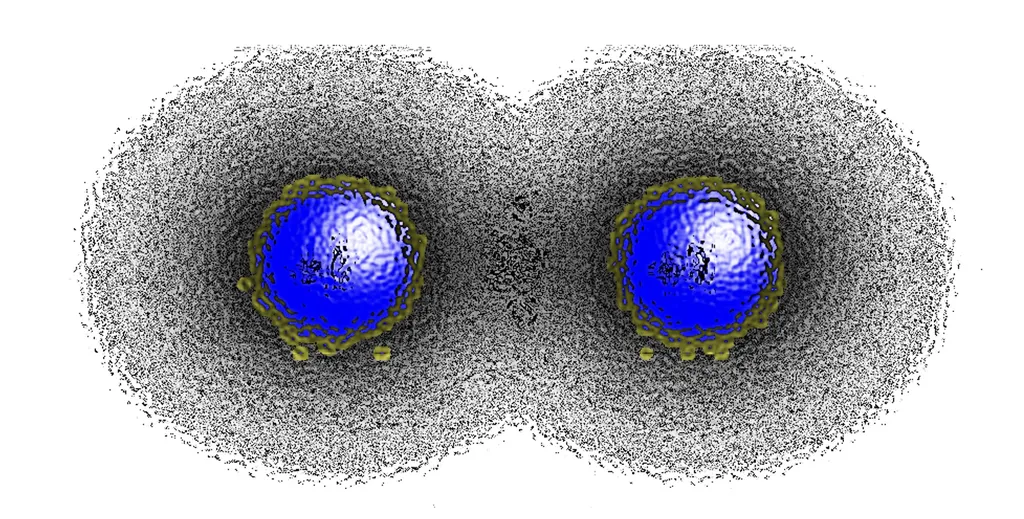In the realm of energy journalism, it’s crucial to report on groundbreaking scientific research that could potentially reshape our understanding of energy systems. Today, we delve into a study led by researcher Hui-hui Miao, which explores the ionization dynamics of the hydrogen molecule, a fundamental benchmark in quantum chemistry. This research, published in the journal Physical Review Letters, offers insights that could have significant implications for the energy sector, particularly in the realm of quantum-controlled chemistry and quantum information processing.
Hui-hui Miao and their team have developed a comprehensive framework that combines quantum electrodynamics with the Lindblad master equation. This approach allows for a first-principles description of light-matter interactions, while also accounting for dissipative processes and external particle influx. The study systematically explores the evolution of the hydrogen molecule across three distinct regimes: closed, dissipative open, and influx-driven open quantum systems.
The researchers found that there is a universal tendency towards the formation of the neutral hydrogen molecule (H2) across all configurations. The dissipation strengths for photons (γΩ), electrons (γe), and phonons (γω) were identified as critical control parameters, with photon dissipation (γΩ) significantly accelerating system stabilization. This finding could be particularly relevant for energy storage and conversion technologies, where the control of molecular states is crucial.
Furthermore, the introduction of particle influx (μk) led to a complex redistribution of energy, notably populating the atomic state (|H,H〉). The ionization pathway was found to be exquisitely sensitive to the initial quantum state, dictated by the composition and number of photons, which governs the accessible spin-selective excitation channels. This sensitivity could be harnessed to develop more precise and efficient quantum-controlled chemical processes.
In a model with an embedded anode, the researchers demonstrated that the maximum ionization probability is fundamentally constrained to 3/4 by orbital hybridization. This insight could be valuable for designing more effective quantum information processing systems, which are essential for advancing energy technologies.
In summary, this study provides a unified theoretical foundation for quantum-controlled chemistry, with direct implications for future experiments in cavity QED and quantum information processing. The findings could pave the way for more efficient energy storage and conversion technologies, as well as more precise quantum-controlled chemical processes. As the energy sector continues to evolve, such research is crucial for driving innovation and shaping the future of energy systems.
This article is based on research available at arXiv.

